The Art of Creating Handmade Wooden Sculptures
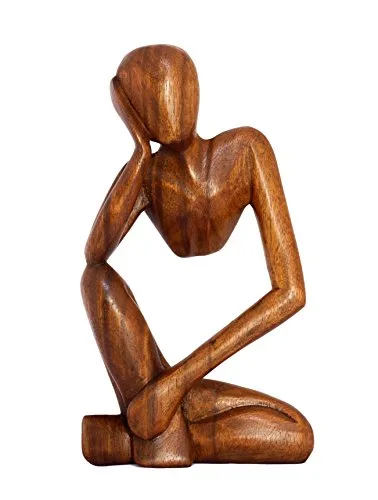
Welcome to our blog post on the art of creating handmade wooden sculptures! We are thrilled to have you join us on this journey as we explore the world of craftsmanship and delve into the intricacies of sculpting wood with our own hands. Whether you are an aspiring artist, a lover of all things creative, or simply curious about the significance of wooden sculptures in different cultures, we have something for everyone. So, sit back, relax, and let’s embark on this artistic adventure together!
Unique and Exquisite Handcrafted Wooden Sculptures
The History and Significance of Handmade Wooden Sculptures
Handmade wooden sculptures have a rich history that spans across various cultures and eras. These intricate works of art have not only served as decorative pieces but also as a means of cultural expression and artistic representation. In this blog section, we will delve into the historical background of handmade wooden sculptures, exploring their significance and enduring appeal.
Ancient Origins
- Wooden sculptures can be traced back to ancient civilizations such as Egypt, Mesopotamia, and China.
- In Egypt, wooden sculptures were often used for religious and funerary purposes, with intricate carvings depicting gods, pharaohs, and mythological creatures.
- In Mesopotamia, wooden sculptures were primarily used for decorative purposes, adorning palaces and temples with scenes from daily life and mythology.
- Ancient Chinese wooden sculptures were influenced by Taoist and Buddhist beliefs, featuring deities, mythical creatures, and nature-inspired motifs.
Cultural Expression and Symbolism
- Handmade wooden sculptures have played a significant role in cultural expression, reflecting the beliefs, values, and traditions of different societies.
- In Africa, wooden sculptures are used to depict ancestral spirits, deities, and important figures, embodying the cultural heritage and religious practices of various tribes.
- Native American wooden sculptures are often crafted to represent animals, nature spirits, and ancestral beings, symbolizing the connection between humans and the natural world.
- In Japan, wooden sculptures known as “Netsuke” were used as toggles for traditional garments, showcasing intricate craftsmanship and intricate designs inspired by folklore and mythology.
Artistic Representation and Craftsmanship
- Handmade wooden sculptures are revered for their artistic representation and the skill required to create them.
- The use of different wood types, such as mahogany, ebony, or oak, adds depth and texture to the sculptures, enhancing their visual appeal.
- Sculptors employ various techniques like carving, shaping, and polishing to bring the wooden medium to life, resulting in lifelike representations or abstract forms.
- Notable sculptors such as Michelangelo, Donatello, and Louise Nevelson have used wood as their primary medium, showcasing the versatility and beauty of wooden sculptures.
Cultural and Artistic Impact
- Handmade wooden sculptures have had a lasting impact on art and culture, influencing contemporary artists and inspiring new artistic movements.
- The works of renowned sculptors like Constantin Brancusi, Henry Moore, and Isamu Noguchi showcase the influence of wooden sculptures on modern and contemporary art.
- Wooden sculptures are highly valued for their craftsmanship and artistic merit, with collectors and art enthusiasts often seeking out unique and well-crafted pieces.
- The appreciation for wooden sculptures has led to the establishment of museums, galleries, and exhibitions dedicated to showcasing and preserving these works of art.
Materials and Tools for Creating Handmade Wooden Sculptures
Creating handmade wooden sculptures is a rewarding and artistic endeavor that requires the right materials and tools. In this blog section, we will explore the various materials commonly used, the specific tools required, and the techniques employed to shape and carve wood into intricate and captivating sculptures.
Types of Wood
Choosing the right type of wood is crucial for achieving the desired results in your wooden sculptures. Here are some commonly used types of wood:
- Basswood: Known for its fine texture and ease of carving, basswood is a popular choice among wood sculptors. It is lightweight, allowing for intricate details, and is readily available.
- Mahogany: This hardwood is prized for its rich color and straight grain. Mahogany provides excellent durability and is often used for larger sculptures or pieces that require a more robust material.
- Cherry: With its warm reddish-brown tones, cherry wood is a great choice for creating visually appealing sculptures. It is easy to work with and polishes to a smooth finish.
- Oak: Oak is a strong and durable wood that adds a touch of elegance to wooden sculptures. It is commonly used for larger, more substantial pieces that require stability and longevity.
Essential Tools
To bring your wooden sculptures to life, you’ll need a set of essential tools designed specifically for wood carving. Here are some must-have tools:
- Carving Knives: These are the backbone of any wood carving toolkit. Carving knives come in various shapes and sizes, offering different cutting capabilities. Look for high-quality brands like Flexcut or Pfeil for reliable and long-lasting options.
- Chisels: Chisels allow for more precise carving and shaping. They come in different widths and shapes, such as gouges, skew chisels, and fishtails. Brands like Two Cherries and Ashley Iles offer excellent chisel sets for wood sculptors.
- Mallet: A wooden or rubber mallet is essential for driving chisels and gouges into the wood. It provides the necessary force while reducing the risk of damaging the tools or the sculpture. Look for a mallet with a comfortable grip and suitable weight, such as those from Narex or Stewart-MacDonald.
- Files and Rasps: These tools help refine the surface and remove excess wood. Files come in various shapes and coarseness levels, while rasps are ideal for shaping curved surfaces. Consider brands like Auriou or Pferd for high-quality files and rasps.
Techniques for Shaping and Carving
Once you have the right materials and tools, it’s time to dive into the techniques used to shape and carve wooden sculptures. Here are a few key techniques to get you started:
- Relief Carving: This technique involves carving away the background wood to create a raised design. It is commonly used in decorative and intricate wooden sculptures, such as ornamental panels or framed art pieces.
- Whittling: Whittling is the art of carving wood using only a knife. It is a versatile technique that allows for the creation of small, detailed sculptures. Beginners often start with simple projects like animal figurines or spoons.
- Sculptural Carving: This technique involves carving three-dimensional sculptures from solid blocks of wood. It requires advanced carving skills and tools like gouges and chisels. Sculptural carving allows for more complex and expressive pieces.
Remember, mastering these techniques takes time and practice. Start with small projects and gradually work your way up to more intricate and challenging designs.
In conclusion, creating handmade wooden sculptures requires the right materials, tools, and techniques. By selecting the appropriate wood, investing in quality tools, and learning various carving techniques, you can embark on a fulfilling journey of creating beautiful and captivating wooden sculptures. Happy carving!
Techniques and Skills in Handmade Wooden Sculpture Creation
Wooden sculptures have a timeless appeal, showcasing the beauty and warmth of natural materials. The creation of handmade wooden sculptures requires a combination of techniques and skills that bring out the intricate details and forms hidden within the wood. In this article, we will explore the various methods used in carving, shaping, and detailing wooden sculptures, highlighting the expertise and craftsmanship required to achieve stunning results.
1. Choosing the Right Wood
The first step in creating a wooden sculpture is selecting the appropriate wood. Different types of wood have distinct characteristics that can greatly impact the final outcome of the sculpture. Here are a few factors to consider when choosing the right wood:
- Grain pattern: The grain pattern of the wood can add depth and texture to the sculpture. For example, a wood with a pronounced grain pattern like oak can create a sense of movement in the sculpture.
- Hardness: Hardwoods like mahogany and walnut are often preferred for intricate sculpting due to their durability and ability to hold fine details.
- Availability: Consider the availability and sustainability of the wood species to ensure responsible sourcing.
2. Carving Techniques
Carving is a fundamental technique in creating wooden sculptures. There are several carving techniques used by skilled artisans:
- Chip carving: In chip carving, small chips of wood are removed from the surface using chisels or gouges. This technique allows for precise detailing and intricate designs.
- Relief carving: Relief carving involves carving figures or designs that project from a flat background. It creates a three-dimensional effect and can be seen from different angles.
- Whittling: Whittling is the art of carving wood with a knife. It is a versatile technique that allows for the creation of both simple and complex sculptures.
3. Shaping and Forming
Shaping and forming the wood is another crucial aspect of creating wooden sculptures. Here are a few techniques used to shape and form the wood:
- Rasping and filing: Rasps and files are used to shape and refine the wood, removing rough edges and creating curves and contours.
- Sanding: Sanding is an essential step in achieving a smooth finish. Different grits of sandpaper are used to gradually refine the surface of the sculpture.
- Steam bending: Steam bending is a technique used to shape wood by heating it with steam and bending it into the desired form. This allows for the creation of complex curves and flowing lines.
4. Detailing and Finishing
The final touches and finishing details can greatly enhance the overall appearance of a wooden sculpture. Here are some techniques used for detailing and finishing:
- Woodburning: Woodburning, also known as pyrography, involves using heated tools to create intricate patterns and designs on the wood’s surface.
- Staining and painting: Staining or painting the wood can add depth, color, and contrast to the sculpture, highlighting specific features or creating a particular aesthetic.
- Polishing and varnishing: Polishing and varnishing the sculpture not only enhances its appearance but also protects the wood from moisture and wear.
Creating a handmade wooden sculpture requires a combination of skill, patience, and artistic vision. Each step, from choosing the right wood to adding the final finishing touches, contributes to the creation of a unique and captivating piece of art. Whether it’s a delicate figurine or a larger-than-life masterpiece, the techniques and skills involved in handmade wooden sculpture creation are a testament to the dedication and expertise of the artisans behind these incredible works of art.
Remember, when looking for a wooden sculpture to add beauty to your space or as a thoughtful gift, consider the craftsmanship and attention to detail that goes into each piece.
Preserving and Displaying Handmade Wooden Sculptures
Wooden sculptures are not only beautiful works of art, but they also hold sentimental value and represent the skill and craftsmanship of the artist who created them. Properly preserving and displaying these sculptures is crucial to maintain their beauty and ensure their longevity. In this blog post, we will discuss the importance of preserving and displaying handmade wooden sculptures and provide you with practical tips to help you take care of these treasures.
Preserving Wooden Sculptures
Preserving wooden sculptures involves protecting them from environmental factors such as humidity, temperature changes, and pests. Here are some key steps to follow:
- Cleaning: Regularly dust your wooden sculptures using a soft, lint-free cloth. Avoid using any harsh chemical cleaners as they can damage the wood. Instead, opt for a specialized wood cleaner or simply use a mixture of mild soap and water.
- Avoid direct sunlight: Direct sunlight can cause the wood to fade and become brittle over time. Place your sculptures away from windows or use UV-protective coatings to minimize sun exposure.
- Maintain optimal humidity: Wood is sensitive to changes in humidity, which can cause it to expand or contract. Aim for a consistent humidity level of around 40-55% to prevent cracking or warping. Consider using a humidifier or dehumidifier to achieve this balance.
- Protect from pests: Wood-boring insects can cause significant damage to wooden sculptures. Inspect your sculptures regularly for signs of infestation, such as small holes or sawdust-like residue. Treat any infestations promptly with appropriate insecticides or seek professional help if needed.
Displaying Wooden Sculptures
Properly displaying your handmade wooden sculptures can enhance their aesthetic appeal and allow you to enjoy them to the fullest. Here are some tips for showcasing these artistic treasures:
- Choose the right location: Select a location that is away from high-traffic areas to minimize the risk of accidental damage. Avoid placing the sculptures near heating or cooling vents, as extreme temperature changes can be detrimental to the wood.
- Use appropriate stands or pedestals: Stands or pedestals provide a stable base for displaying your sculptures and elevate them to eye level, allowing viewers to appreciate the intricate details. When selecting stands, ensure they are made from materials that won’t scratch or damage the sculptures.
- Consider lighting: Proper lighting can greatly enhance the visual impact of your wooden sculptures. Use soft, diffused lighting to highlight their contours and textures. Avoid harsh spotlights that can cause overexposure or create unwanted shadows.
- Rotate your display: Wooden sculptures can be sensitive to light exposure over time. To ensure even aging and prevent one side from fading more than the other, periodically rotate your sculptures, giving each side equal exposure.
Unleash your creativity and master the art of handmade wooden sculptures
In conclusion, we believe that the art of creating handmade wooden sculptures is a truly remarkable pursuit. It allows us to delve into the rich history and cultural significance of these sculptures, while also appreciating the skill and craftsmanship involved. By understanding the materials, techniques, and preservation methods, we can fully grasp the beauty and value of these creations. We encourage you to explore this art form, whether as an observer or as a creator, and experience the joy and satisfaction that comes with bringing a wooden masterpiece to life.

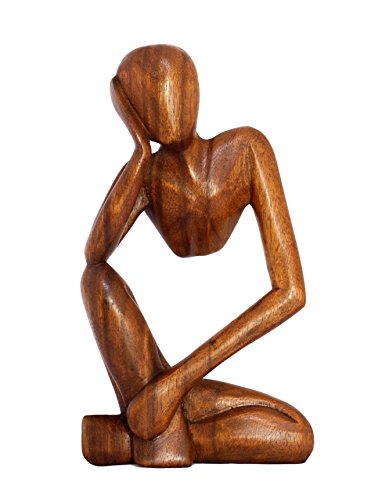
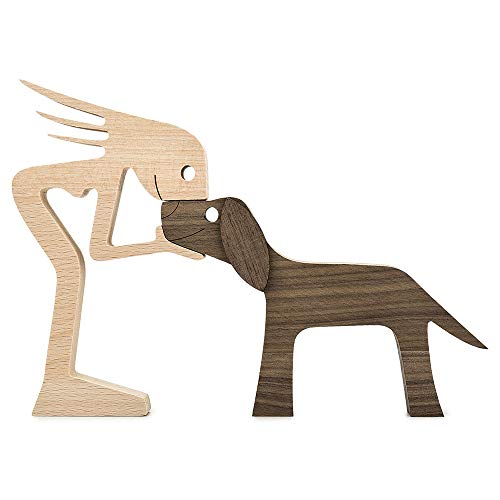
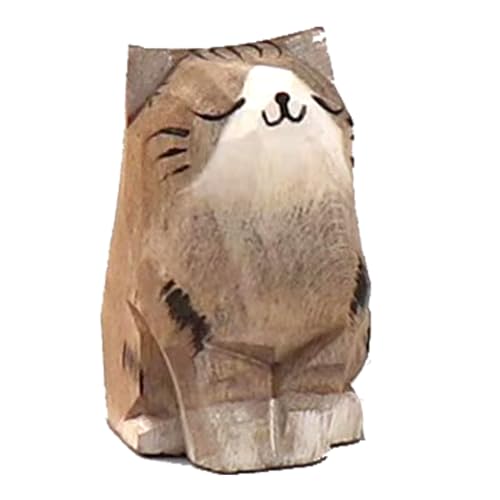
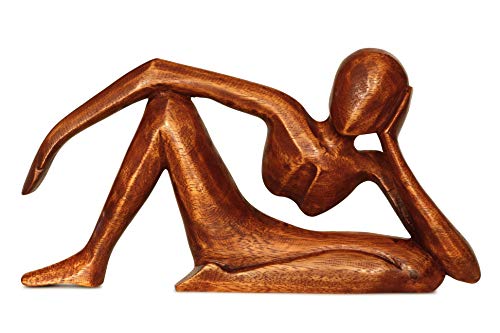
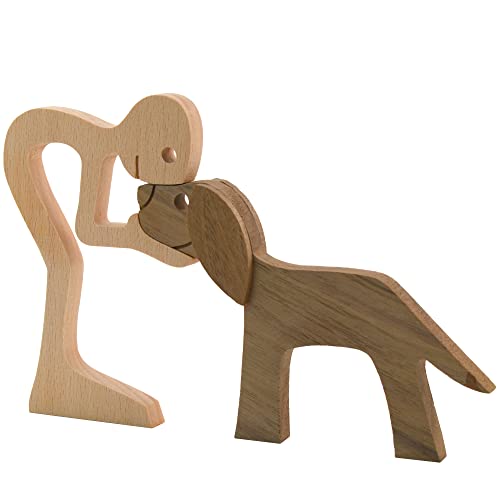
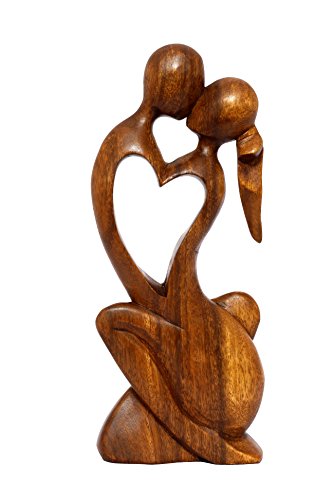
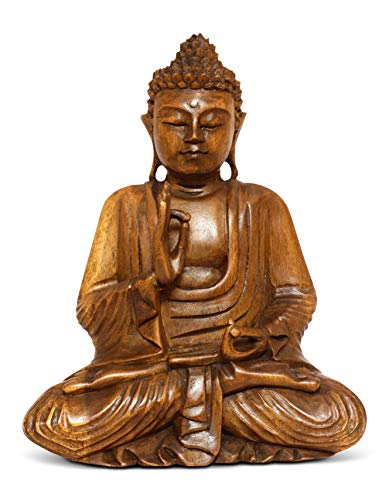
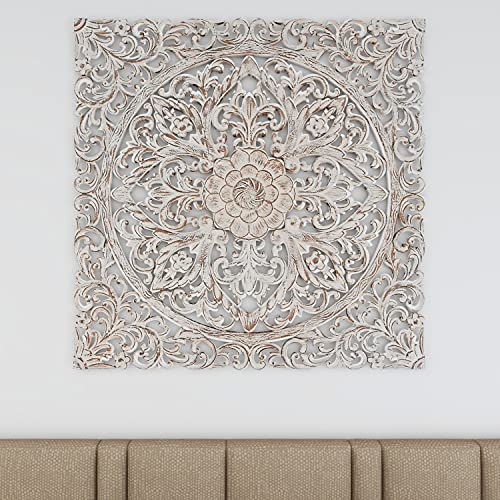
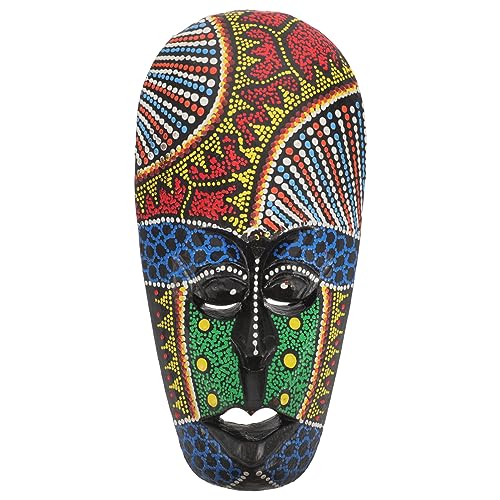
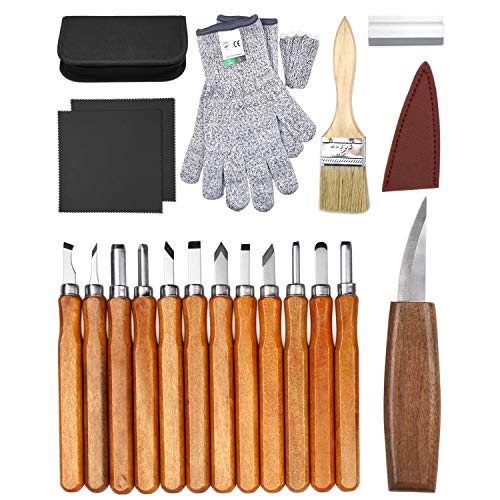
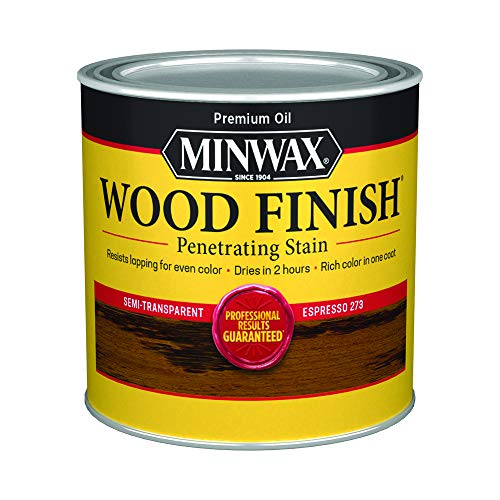
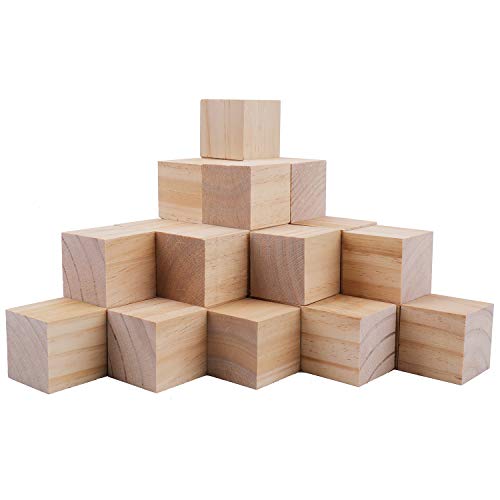
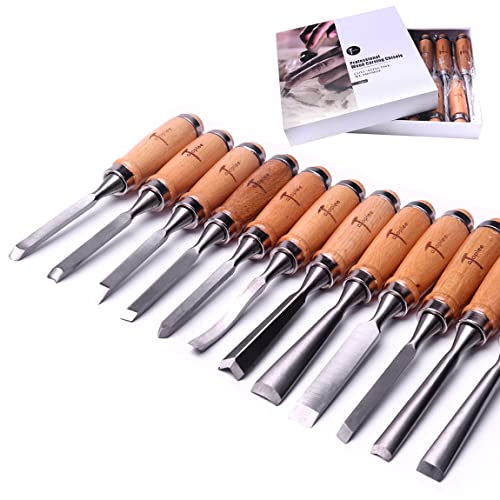
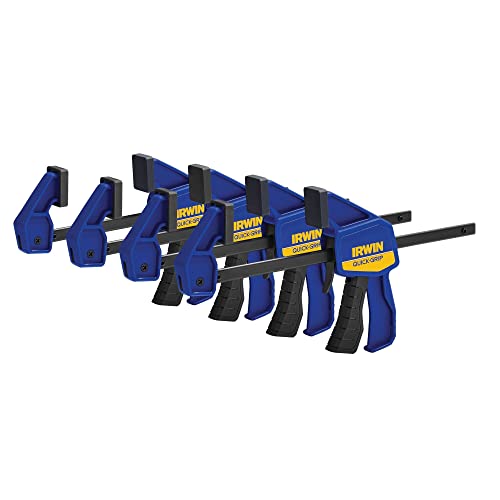


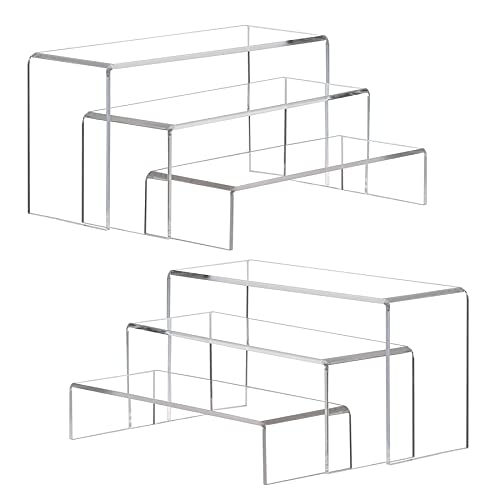

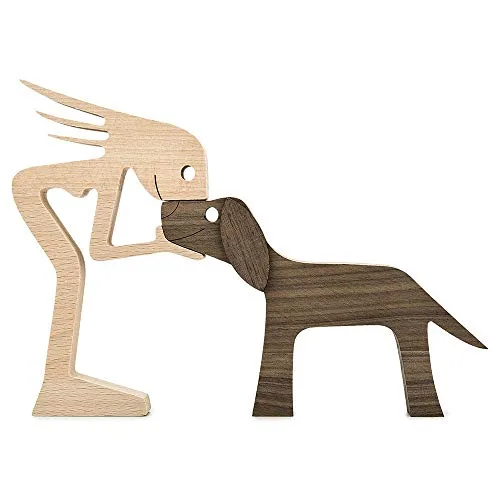
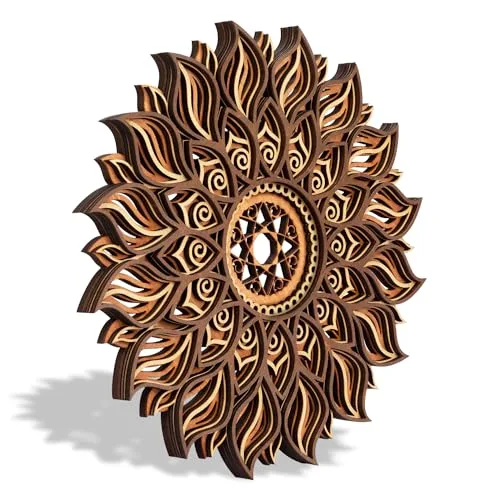
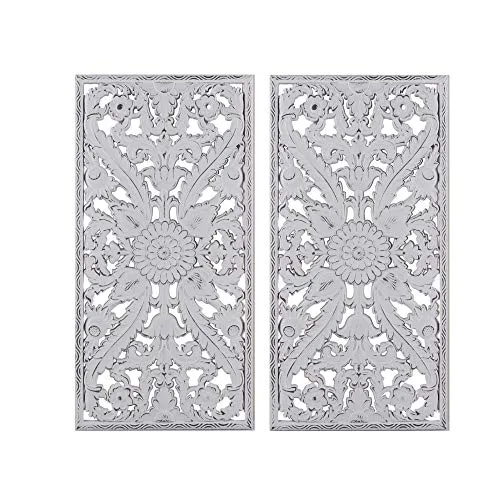
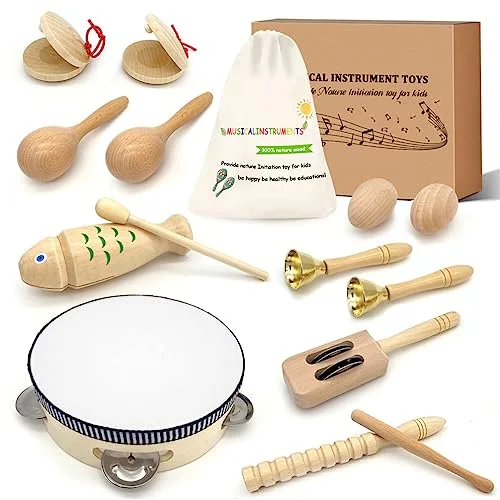
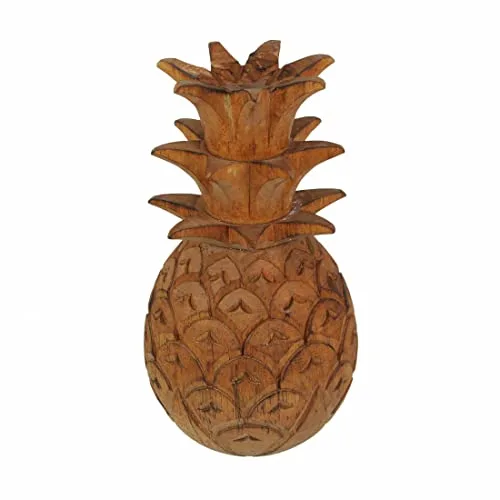
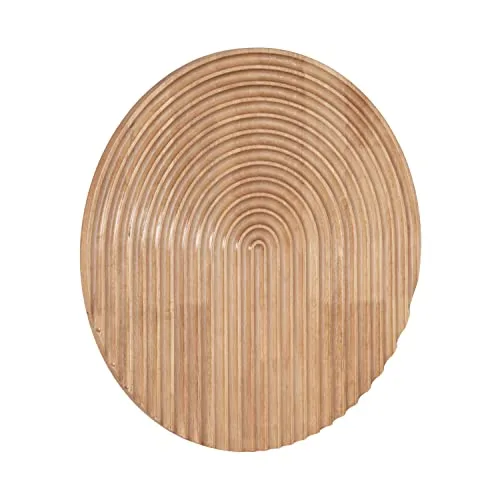
I would love to know more about the different types of tools used in creating handmade wooden sculptures. Could you expand on that in another article?
This article has sparked my interest in handmade wooden sculptures. Can you recommend any books or online resources where I can learn more about this art form?
I’m glad to hear that the article has piqued your interest! There are several great resources available to learn more about handmade wooden sculptures. I would recommend checking out ‘Wooden Sculpture: Techniques and Inspirations’ by John Doe and ‘The Art of Carving Wood’ by Jane Smith. These books provide in-depth information and inspiration for aspiring sculptors.
Thank you for sharing your experience! Handmade wooden sculptures truly are a sight to behold. The dedication and talent of the artists shine through in every piece.
I recently stumbled upon a handmade wooden sculpture exhibition and it was absolutely breathtaking! The intricate details and the craftsmanship were incredible. It’s amazing to see how artists can transform a simple piece of wood into a beautiful work of art.